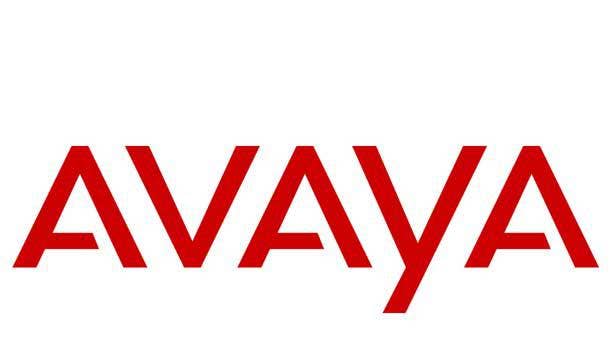Avaya Channel Chief: Shift To Cloud, Subscriptions Isn't A 'March Or Die' Message To Partners
‘You can't tell your channel partners what to do. You have to bring them along and get them aligned with the strategy and have them understand that your strategic intent is in their best interest,’ says Avaya Channel Chief Jon Brinton.

A Cloudy, But Clear Future
Unified communications giant Avaya has gone through some rough waters, but the once-premise-focused company is looking ahead to the future and wants partners to join them on their journey toward becoming successful in the cloud through subscription-based UC services and solutions.
Jon Brinton, vice president of North America channel sales at Avaya, left cloud UC rival Mitel in November joined the company as channel chief in December. Now, Brinton and his team are working to reinvigorate its channel with the right UC solutions and modes of delivery that customers are looking for.
Brinton sat down with CRN and talked about Avaya's focus on cloud and subscriptions, how he'd like the majority of its enterprise customers to be buying Avaya via subscription, and how Avaya is helping more traditional channel partners get there.
Here are excerpts from the conversation.

How important is the subscription model and making this available through the channel?
I think the model we introduced for enterprise customers is critically important for our partners to embrace understand and be able act on because it is a very high customer buying preference. [Many] major software categories having moved to a [Software as a Service] SaaS model, so for our industry, getting it right and having a smooth transition in subscription is critically important for Avaya. We have partners that are embracing it. The funnel is exploding as far as subscriptions are concerned and we are probably pushing the limits with some of our all tools for partners in order to be able to migrate to that, but to me, those are good problems to have because it just shows levels of partner engagement with the subscription model.

Is Avaya giving the channel a march or die message?
I recently saw one of our competitors give a march or die imperative to their channel. I've been in the channel for 25 years. You can't tell your channel partners what to do. You have to bring them along and get them aligned with the strategy and have them understand that your strategic intent is in their best interest. We are telling partners that we want to move to SaaSs subscriptions, we want to be able to address the customer buying preference for cloud, and we want to help our customers turn customer service into multi-experience. Based on that, we are organizing our resources, whether it's market development funds or field sales resources -- we have specialist teams in a lot of different areas to help sell with the channel -- so I will tell you that partners have our vision statement that starts and ends with the customer because the customer make their own decisions at the end of the day. We are doing a "sell with" the channel motion as opposed to a "sell through" the channel motion. I believe if your partners believe in your vision and the strategy and it's competitive in the marketplace, they'll come along with you, and that's the approach we are taking with the channel.

Do you have goals in terms of how many partners are selling Avaya via a subscription as opposed to a CAPEX model?
I think it's going to be a migration over time. Gartner estimates that about 30 percent of enterprise customers are moving to subscriptions as they make buying decisions each year, so it's a long cycle market. You think of that think as an 8-10-year cycle, so over time, if we can get, we would like to convert the majority of our enterprise base to subscription.
Obviously, because it makes it much easier when customers have the entitlements to your latest software releases to be able to help them add value and expand features that they are deploying in their organization and it makes it easier for them to adopt your latest technology. When you're not tied to a large capital expenditure cycle and we have a new release that has some value to our customers, it becomes a 'when am I going to deploy it' decision, as opposed to a purchase decision. It's important to us and it’s what customers want.

What is the macro strategy for helping partners get on board with Avaya's new strategy?
We've really laid out three key themes for our traditional partners. One of them is the high velocity Avaya Cloud Office offering because there is a big opportunity here for them and some of our largest partners that are already selling public cloud solutions, and they will move a lot of that business to Avaya Cloud Office because of the brand association. The second is move to subscription -- it's a very high customer buying preference, so for our enterprise channel, being able to move their Avaya practice to a subscription-based model and drive that wherever possible -- that's a real game-changer for them and for us. The third is concept of customer service becoming multi-experience. Avaya is associated with some really big, global customers that use our solutions to interact with their customers -- 91 percent of fortune 500 are using Avaya -- and as they move to a multi-experience customer journey, we want to be with our channel, able to deliver and deploy those solutions to those customers to help them improve their businesses.

How important are channel partners in helping Avaya return to growth?
Our channel is critical, especially in North America where its 65 percent of our overall business. Our North American channel business is about a $1 billion a year business, and we manage and maintain a lot of our great customer relationships through our partners, so them being successful and engaged and moving along with our strategy is critically important.